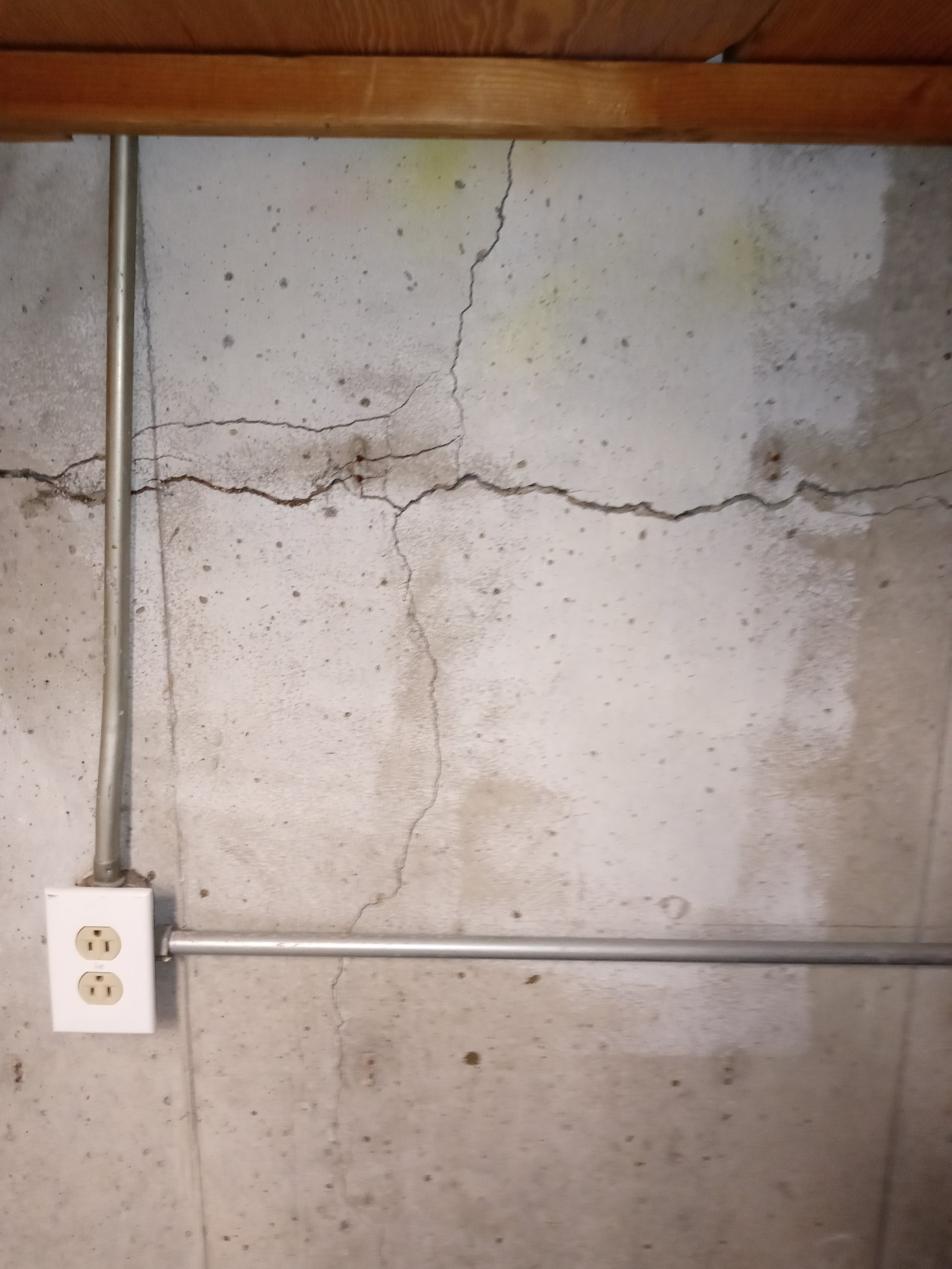What is the Minimum Crack Width for Epoxy Injection?
Determining The Minimum Crack Width
Epoxy injection is a popular method for repairing cracks in concrete structures, offering a durable and long-lasting solution to prevent further damage. However, determining the minimum crack width suitable for epoxy injection is crucial to ensure the effectiveness of the repair process.
Understanding Crack Widths
Cracks in concrete structures can vary widely in width, depth, and orientation, each indicating different underlying causes and potential risks. Understanding the nature of these cracks is essential for determining the appropriate repair method. Hairline cracks, typically less than 0.01 inches (0.25 millimeters) wide, may not pose an immediate structural threat but can still allow moisture infiltration, leading to corrosion of embedded steel reinforcement or further deterioration over time. Larger cracks, such as those exceeding 0.02 inches (0.5 millimeters) wide, may indicate more significant structural issues and require prompt attention to prevent further damage.
Minimum Crack Width for Epoxy Injection
The minimum crack width suitable for epoxy injection depends on several factors, including the type of epoxy resin used, the depth of the crack, and the overall condition of the concrete structure. While epoxy injection can effectively repair cracks as narrow as 0.002 inches (0.05 millimeters), proper assessment and evaluation are necessary to ensure successful outcomes. In some cases, cracks may need to be widened slightly to facilitate proper injection and bonding of the epoxy resin. Professional consultation and evaluation are crucial for determining the minimum crack width suitable for epoxy injection and selecting the most appropriate repair method based on the specific conditions of the project.
Factors Influencing Minimum Crack Width
Several factors can influence the minimum crack width suitable for epoxy injection, including:
Type of Epoxy Resin: Different epoxy resins may have specific requirements regarding crack width and depth for effective injection and bonding.
Crack Depth: While crack width is essential, the depth of the crack also plays a crucial role in determining whether epoxy injection is feasible and effective.
Structural Integrity: The overall condition and structural integrity of the concrete structure must be assessed to determine the suitability of epoxy injection for crack repair.
Environmental Conditions: Environmental factors such as temperature variations, humidity levels, and exposure to chemicals can affect the performance of epoxy injection.
Carbon Fiber Straps For Larger Cracks
For cracks wider than 1/4 inch (approximately 6 millimeters), epoxy injection alone might not suffice. These larger cracks can indicate more serious structural issues, necessitating additional support. Carbon fiber strapping is a common solution for reinforcing and stabilizing such cracks. It comprises high-strength carbon fibers embedded in a resin matrix, forming a sturdy composite material. Carbon fiber strapping offers benefits like high tensile strength, corrosion resistance, and minimal added weight. Its non-intrusive installation ensures quick completion with minimal disruption. By combining epoxy injection with carbon fiber strapping for larger cracks, property owners can effectively address structural issues and ensure long-term stability. Professional consultation is advised to determine the most suitable repair method.
Consultation and Evaluation
Given the complexity of crack repair and epoxy injection, it's advisable to consult with experienced professionals to assess the condition of the concrete structure and determine the minimum crack width suitable for epoxy injection. Professional evaluation ensures that the most appropriate repair method is selected based on the specific requirements and conditions of the project.
Key Takeaways
Understanding the minimum crack width for epoxy injection is essential for ensuring the effectiveness and success of crack repair in concrete structures. By consulting with knowledgeable professionals and evaluating various factors, property owners can make informed decisions and implement suitable repair solutions to maintain the integrity and durability of their concrete structures.














